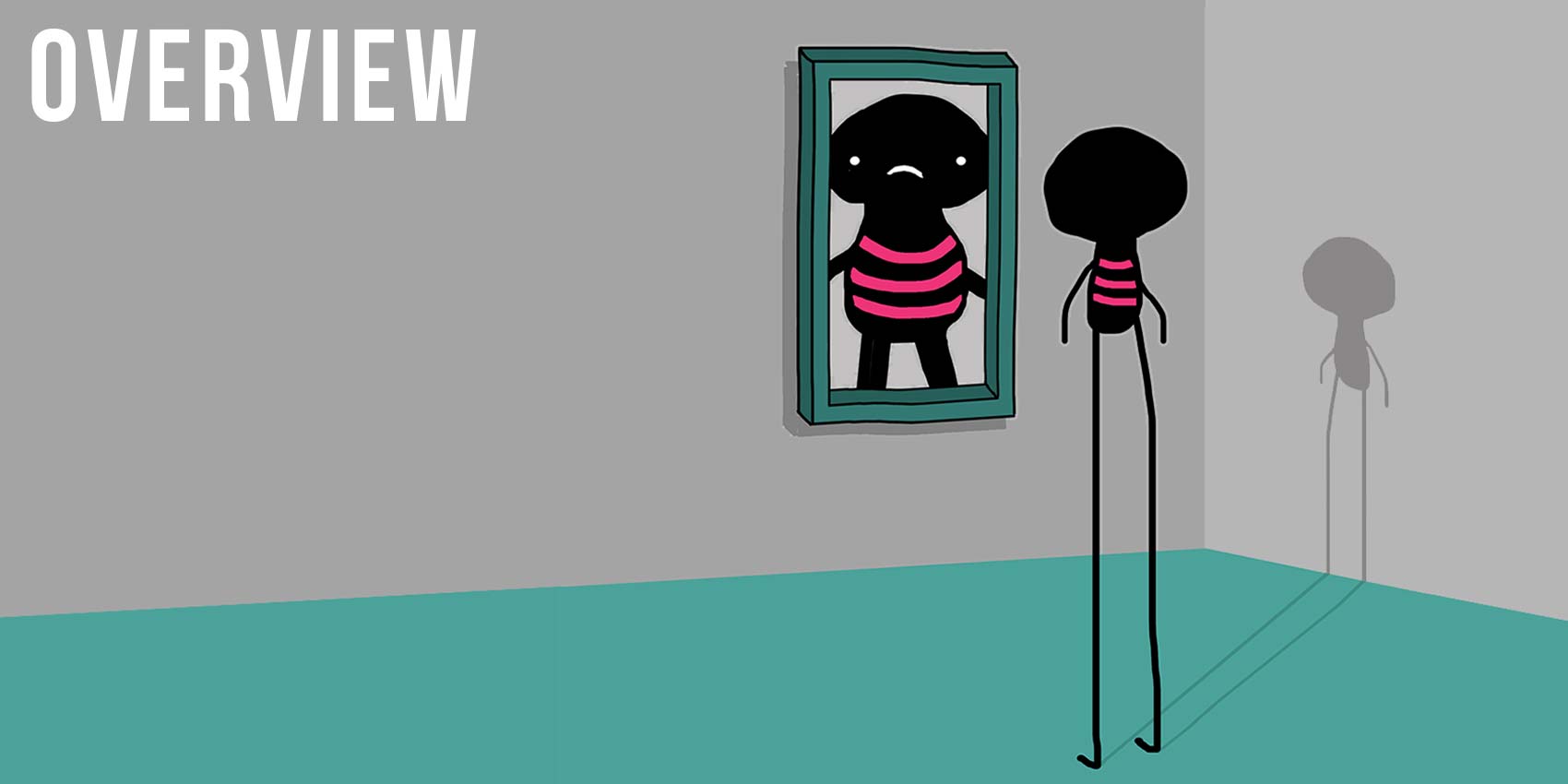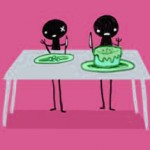14 Sep Eating Disorders

Updated February, 2019.

Eww… gross Taylor… what are you drinking? It looks like throw up.
It’s a cleanse drink—like totally the latest thing, Nicki. It’s healthy and you lose weight.


Lose weight? You? Seriously Taylor, if anything, you need to gain weight.
Wow, really. You think so? Thanks.


Um, I think that drink may be affecting your brain, Taylor. Your body needs food to keep it functioning and I worry you’re not getting enough.
Oh, whatever, Nicki. I don’t really care as long as this drink keeps me thin. You know what they say, “You can never be too rich or too thin.”

Eating disorders are illnesses where people have severely dysfunctional eating habits that are supported by false beliefs about food and their weight. Eating disorders also have a strong emotional component to them as well, which you will read about below. In fact, this is why eating disorders are considered a mental illness. There are many different variations of eating disorders, but this post will simply describe the two most common: anorexia nervosa and bulimia.
As such, in this section you will read about:
What factors lead to an eating disorder?
The cycle: thoughts, feeling and eating disorders
The profile of a person with an eating disorder
What having an eating disorder is like
What are some of the warning signs?
Where to seek help for an eating disorder
Bonus YSS: Do I have an eating disorder?




Post Question:
Do you think people can be too thin?
Answer the post question here
What's being said